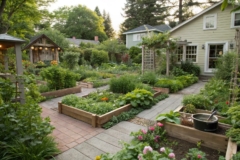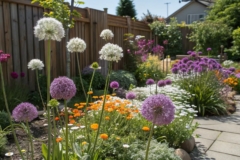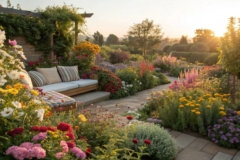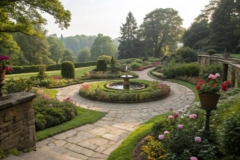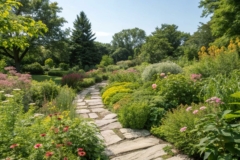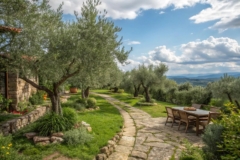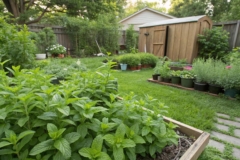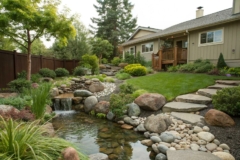1. Create an Herb Spiral

An herb spiral uses a spiral shape to maximize space and create microclimates for different herbs. I love having fresh basil and thyme just a few steps from my kitchen door, all thanks to this clever design.
Possibly handy products:
- Herb Spiral Kit: Assemble your own herb spiral with ease and enhance your garden’s aesthetics.
- Organic Herb Seeds Pack: Grow fresh, organic herbs right at your doorstep for a healthy culinary experience.
- Garden Soil Mix for Herbs: Use nutrient-rich soil to ensure optimal growth and flavor in your herb garden.
2. Set Up a Permaculture Guild

A permaculture guild groups plants that benefit each other around a central tree. In my garden, apple trees are surrounded by comfrey, garlic, and nasturtiums, creating a self-sustaining ecosystem.
These products might help:
- Fruit Tree Fertilizer Spikes: Boost your apple tree’s growth with these easy-to-use, slow-release fertilizer spikes.
- Comfrey Plant Seeds: Grow nutrient-rich comfrey to enhance soil and support your permaculture guild naturally.
- Mixed Herb Seed Pack: Cultivate garlic and nasturtiums for a thriving, pest-resistant garden ecosystem.
3. Experiment with Hugelkultur Beds

Hugelkultur beds are a unique way to build raised beds filled with decomposing wood. They retain moisture wonderfully, and in my experience, they create a thriving spot for root vegetables.
Some ideas to consider:
- Compost Soil Mix: Enhance your Hugelkultur beds with nutrient-rich compost soil for robust plant growth.
- Wood Garden Stakes: Stabilize and support your raised beds with durable wooden garden stakes.
- Organic Fertilizer: Boost vegetable yield in your raised beds with high-quality organic fertilizer.
4. Try a Keyhole Garden
Keyhole gardens are built with a central compost basket, allowing nutrients to spread as it decomposes. I’ve found mine to be super efficient, providing rich soil for my veggies.
You might give these a try:
- Woven Compost Basket: Enhance your garden’s nutrient flow with this stylish, central compost basket. Perfect for keyhole gardens.
- Organic Compost Starter: Jumpstart decomposition with an efficient compost starter, enriching your soil quickly and effectively.
- Garden Soil pH Tester: Ensure optimal plant growth by regularly checking soil pH levels with this easy-to-use tester.
5. Go Wild with a Forest Garden

Imagine a garden that mimics a natural forest, with layers of plants creating their own mini-ecosystem. In my backyard, I’ve planted fruit trees, berry bushes, and herbs to create a food forest that feels like stepping into a verdant wonderland.
Maybe worth checking out:
- Fruit Tree Starter Kit: Kickstart your forest garden with essential tools and guidance for planting fruit trees today.
- Berry Bush Collection: Enhance your garden ecosystem with diverse berry bushes for a vibrant, edible landscape.
- Herb Garden Set: Add layers to your food forest with a variety of aromatic and culinary herbs.
6. Utilize Companion Planting

By planting complementary plants together, you can naturally boost growth and deter pests. In my garden, tomatoes and basil grow side by side, a match made in heaven!
Check these products out:
- Tomato Cage or Trellis: Support your tomatoes with a sturdy cage to boost growth and optimize space in your garden.
- Organic Basil Seeds: Plant organic basil seeds alongside your tomatoes to enhance flavor and deter pests naturally.
- Companion Planting Guidebook: Enhance your garden with this guidebook on companion planting strategies and techniques.
7. Design with Zoning in Mind
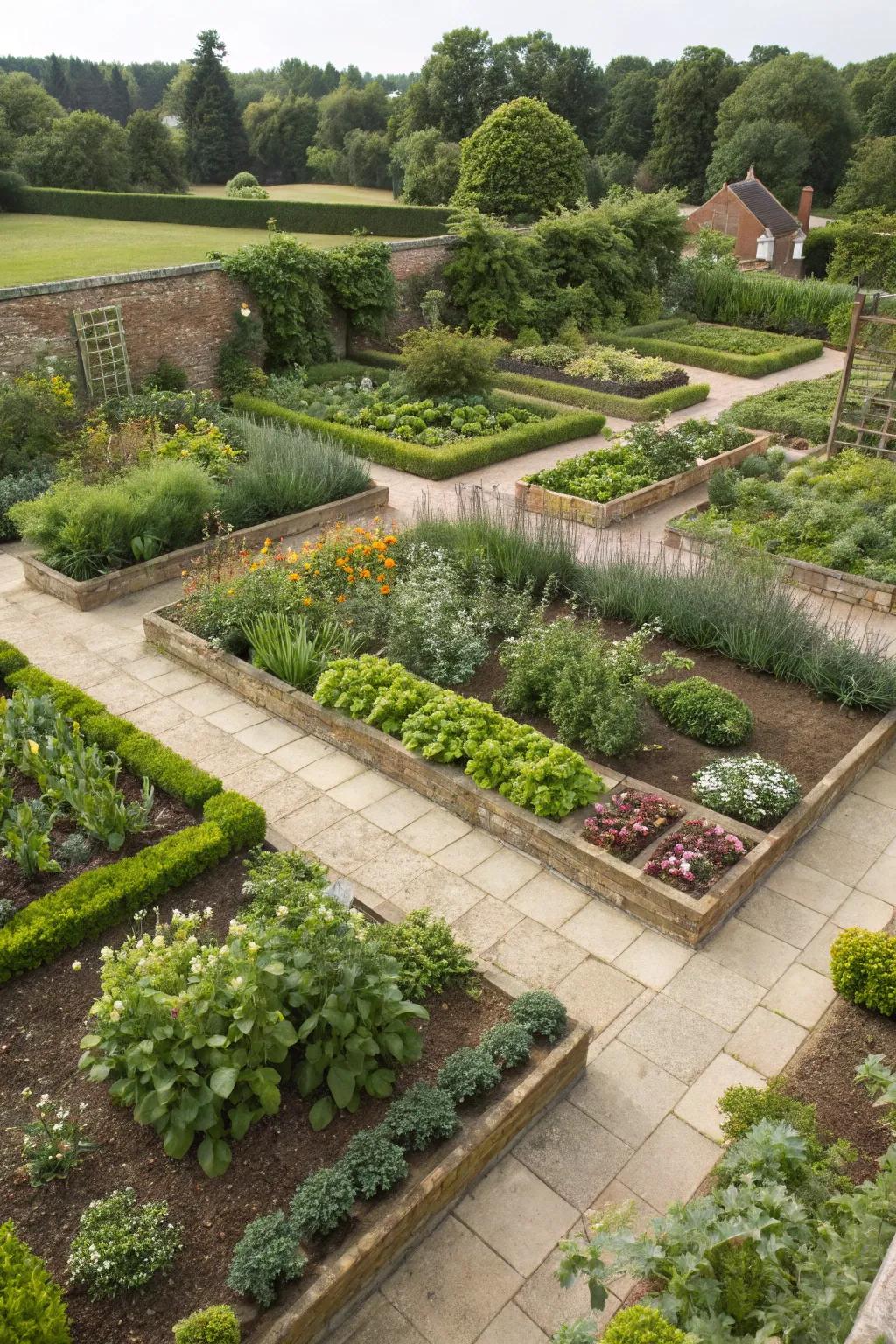
Organizing your garden into zones based on usage can save time and energy. My kitchen garden is closest to the house, making it easy to grab fresh herbs while cooking.
A few relevant products:
- Raised Garden Bed Kit: Organize your plants efficiently. Create dedicated zones with this easy-to-assemble garden bed kit.
- Herb Planter with Stand: Keep herbs within reach in the kitchen zone with this convenient stand-alone herb planter.
- Garden Pathway Stones: Design beautiful and practical pathways between zones in your permaculture garden effortlessly.
8. Implement Composting and Mulching
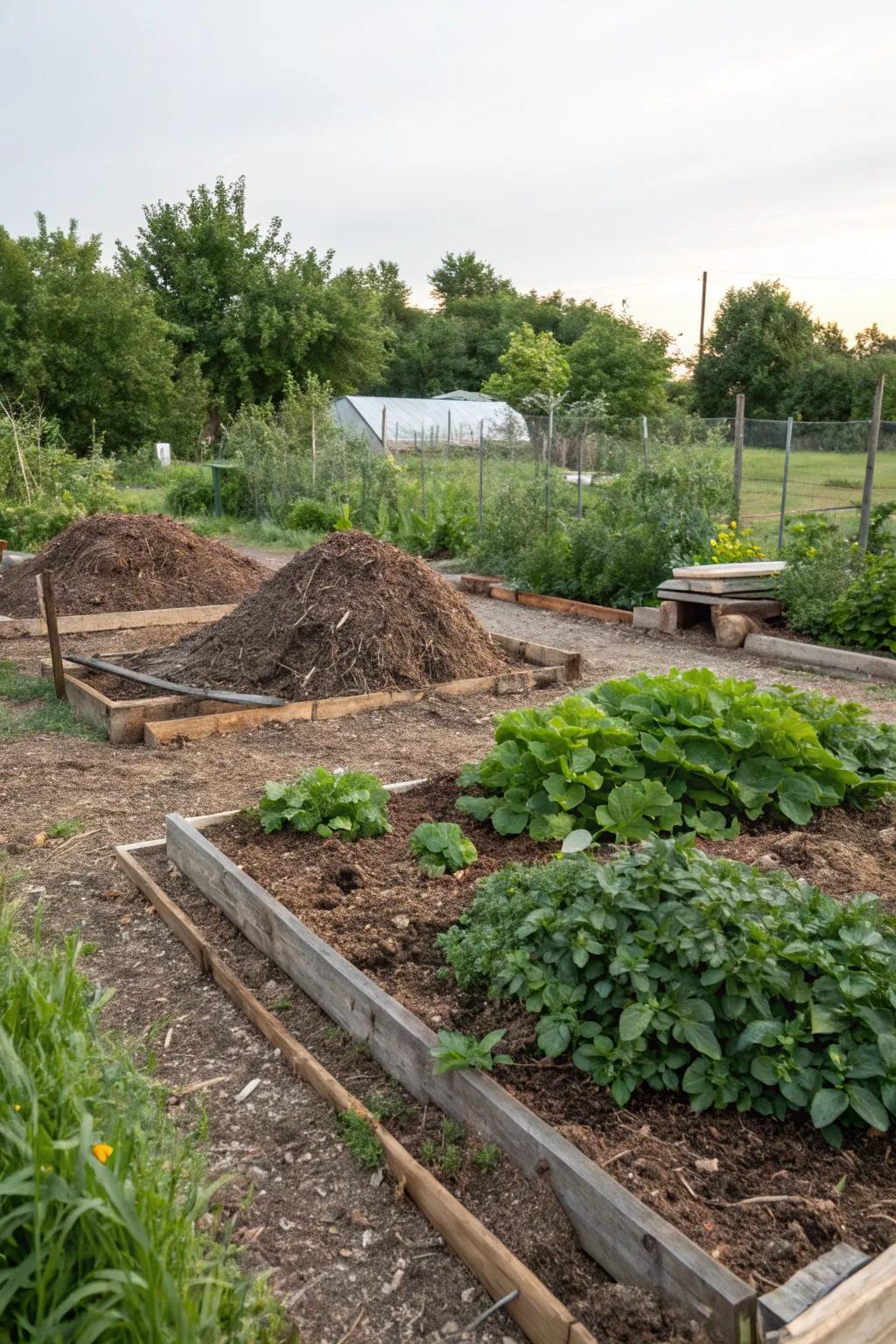
Composting kitchen scraps and using mulch can greatly enhance soil fertility. I swear by my compost pile; it’s a fantastic way to recycle waste and keep my plants happy.
Try these:
- Compost Bin with Aeration: Boost your soil’s nutrients by transforming kitchen waste into rich compost with this efficient bin.
- Organic Mulch for Gardens: Enhance moisture retention and reduce weeds using this all-natural, organic garden mulch.
- Compost Turner Tool: Effortlessly mix your compost pile to speed up decomposition with this easy-to-use tool.
9. Plan for Wild Edibles
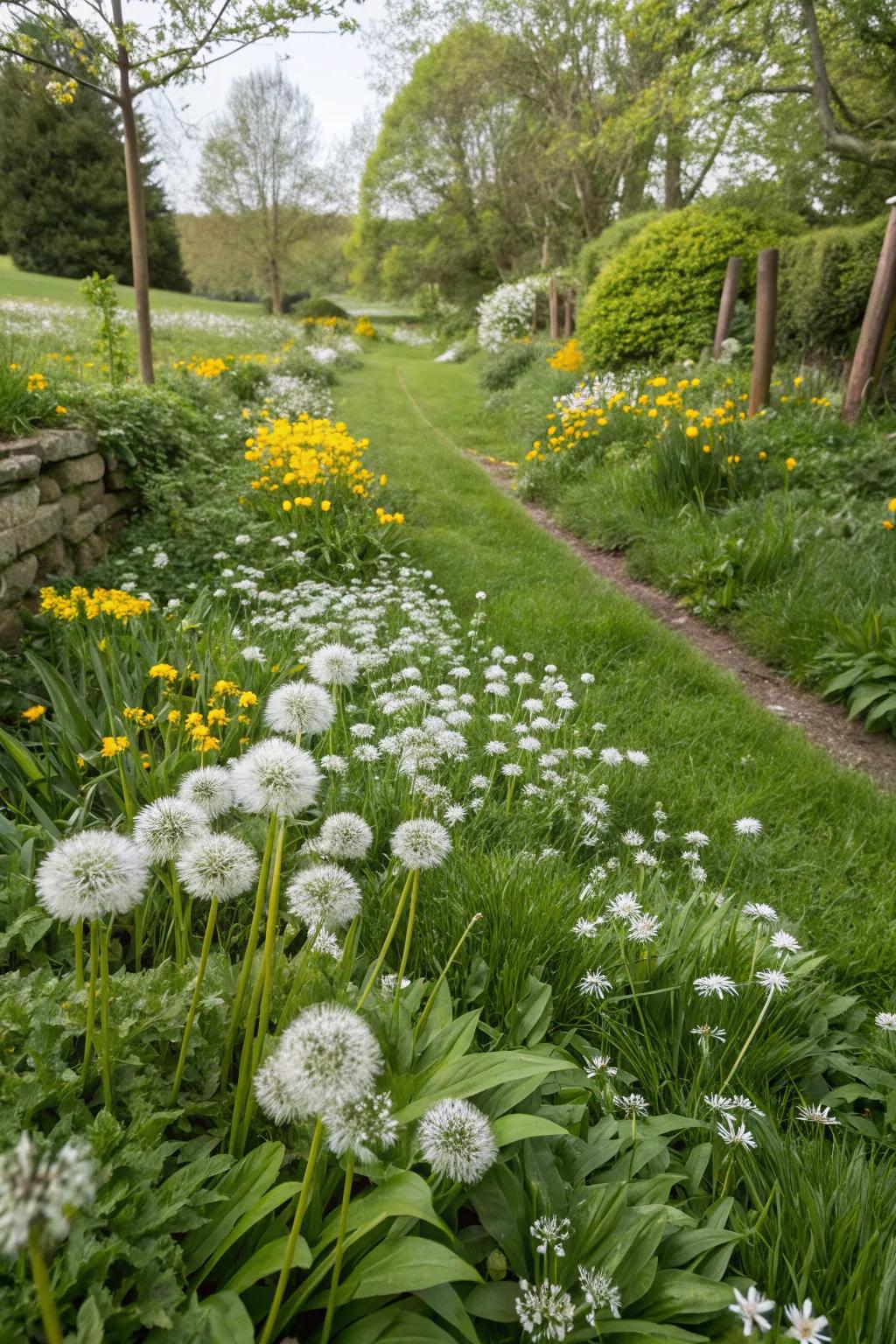
Integrating native wild edibles into your garden can provide unexpected culinary delights. I’ve added dandelions and wild garlic to my plots, offering both beauty and unique flavors.
Might be a good match:
- Wild Edible Plant Seed Kit: Introduce unique flavors to your garden with a wild edible plant seed kit. Start growing today!
- Organic Gardening Tools Set: Enhance your gardening experience with tools designed for cultivating wild edibles. Get yours now!
- Permaculture Gardening Book: Learn how to plan and grow a sustainable garden full of wild edibles. Discover new tips today!
10. Include a Wildlife Habitat
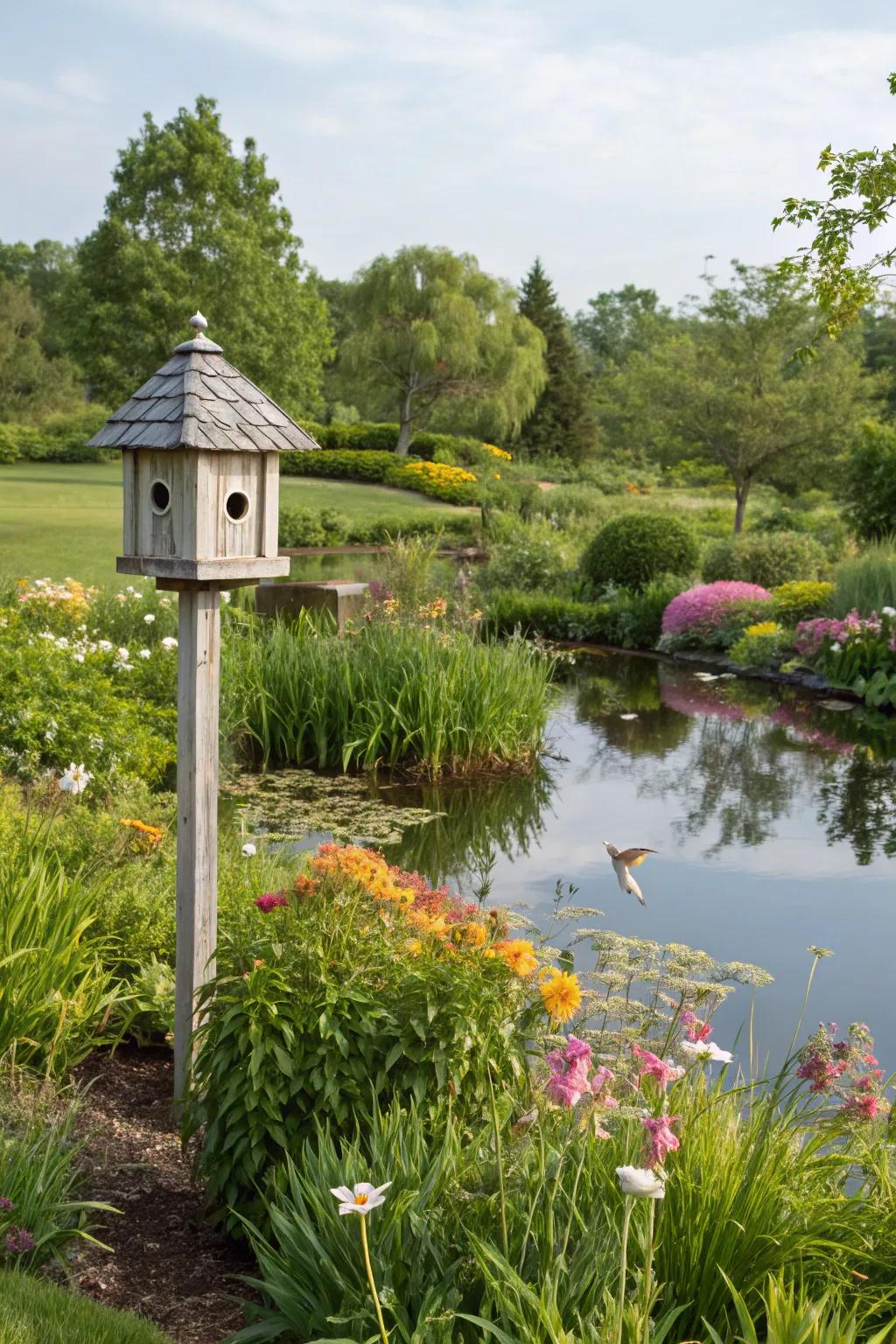
Creating a space for local wildlife, like a small pond or birdhouse, can bring life into your garden. In my yard, a tiny pond attracts frogs and birds, adding to the garden’s vibrancy.
Consider these options:
- Decorative Birdhouse: Enhance your garden’s charm and attract birds with a beautifully crafted decorative birdhouse.
- Small Garden Pond Kit: Create a serene atmosphere and invite wildlife with an easy-to-install small garden pond kit.
- Hummingbird Feeder: Invite vibrant hummingbirds to your garden with a simple, colorful hummingbird feeder.
11. Add a Polyculture Plot
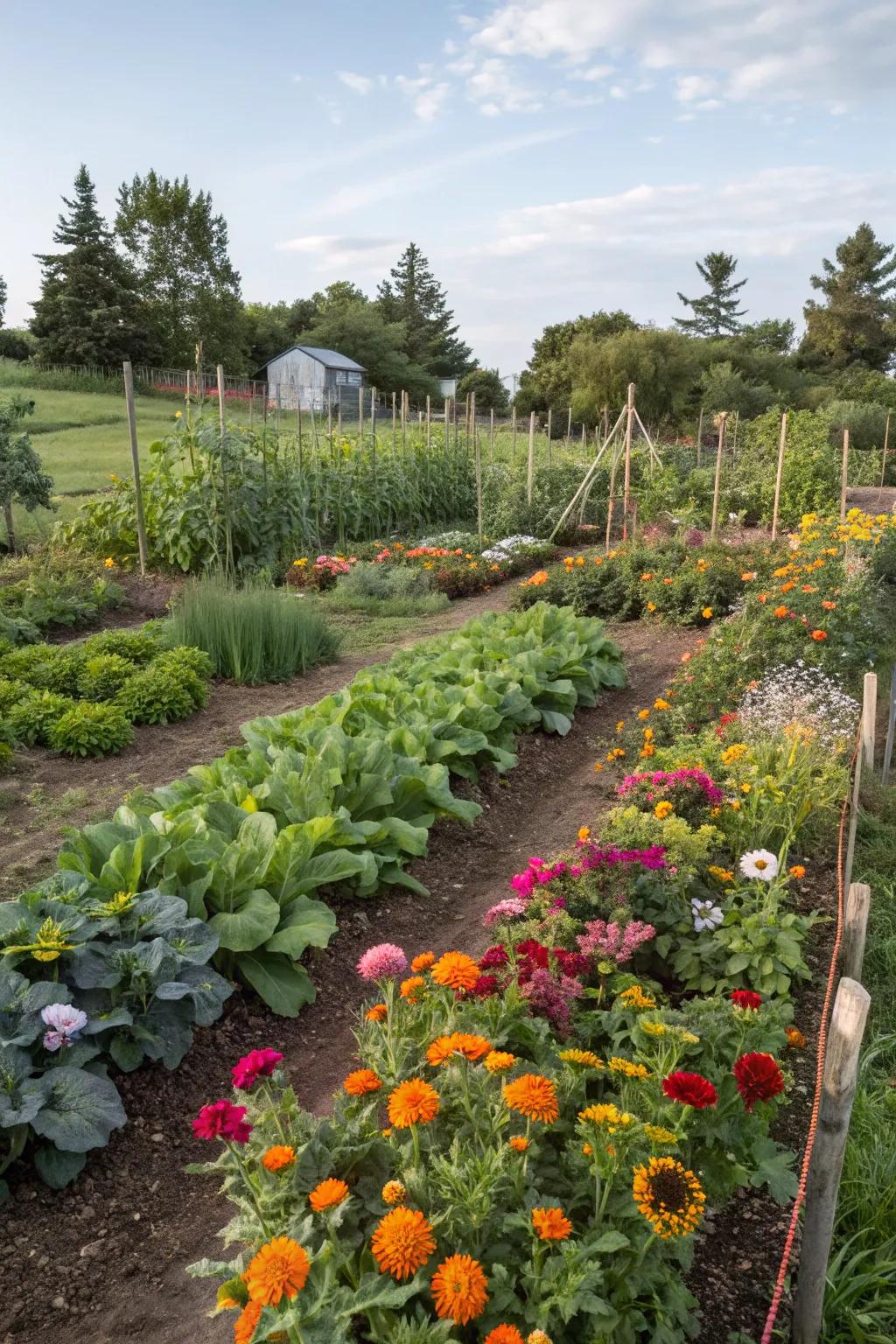
Instead of rows of the same crop, mix various plants together to create a polyculture plot. This boosts biodiversity and makes the garden more resilient, as I’ve noticed with my own mixed veggie patch.
Give these a look:
- Organic Vegetable Seed Variety Pack: Diversify your garden with a variety of vegetable seeds, boosting resilience and biodiversity.
- Companion Planting Guide Book: Learn the best plant combinations to enhance growth and protect against pests and diseases.
- Soil Test Kit for Garden: Ensure optimal growth by testing soil pH and nutrients, tailoring amendments for your polyculture.
12. Incorporate Perennial Vegetables
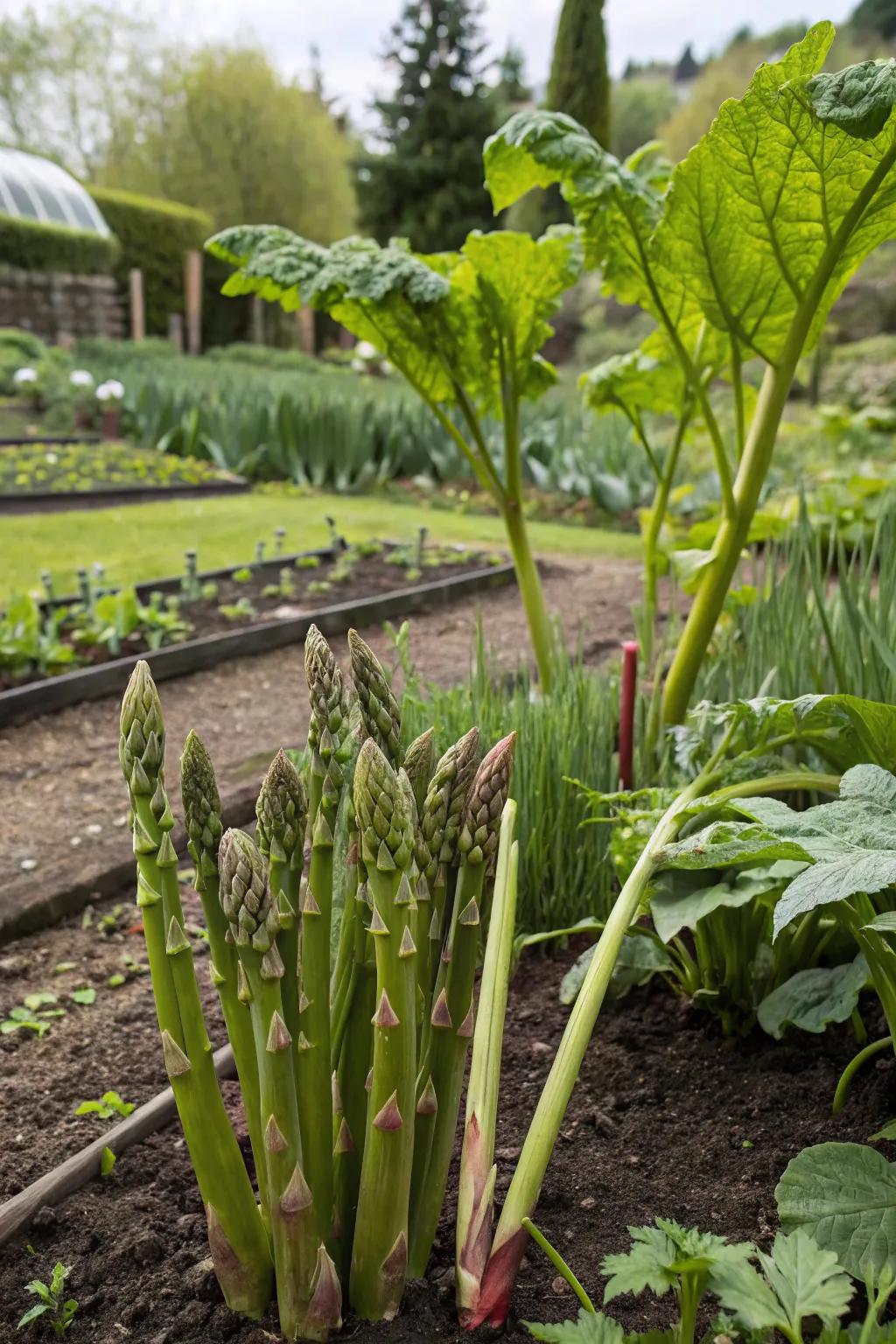
Perennials like asparagus and rhubarb come back year after year, reducing planting effort. I love watching my asparagus patch return each spring, ready to grace my table.
Explore these options:
- Asparagus Seed Kit: Start your asparagus patch with an easy seed kit, perfect for perennial garden enthusiasts.
- Rhubarb Plant Starter: Grow your own delicious rhubarb with this starter plant, ideal for perennial gardens.
- Permaculture Gardening Book: Enhance your knowledge on perennial gardening with this comprehensive permaculture guide.
13. Design a Waterwise Garden
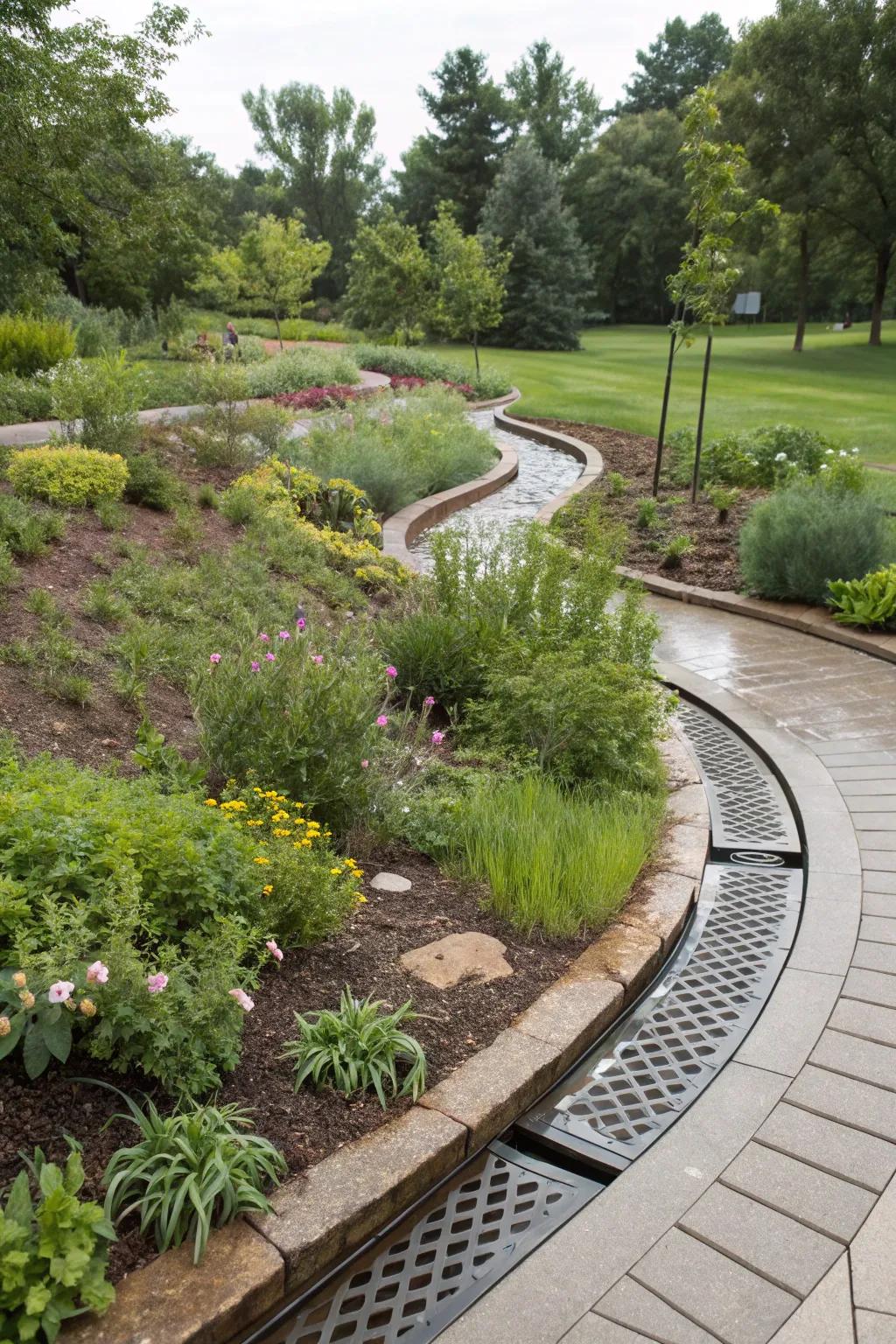
Incorporating swales and rain gardens can help manage water efficiently, especially in dry climates. I’ve found that directing rainwater with swales keeps my garden lush without extra watering.
You might like:
- Rainwater Collection Barrel: Store rainwater effectively and keep your garden lush with this convenient collection barrel.
- Soaker Hose System: Ensure efficient watering with a soaker hose system, perfect for maintaining moisture in swales.
- Permeable Landscape Fabric: Promote water infiltration with permeable fabric, enhancing the efficiency of rain gardens.
14. Embrace Raised Beds
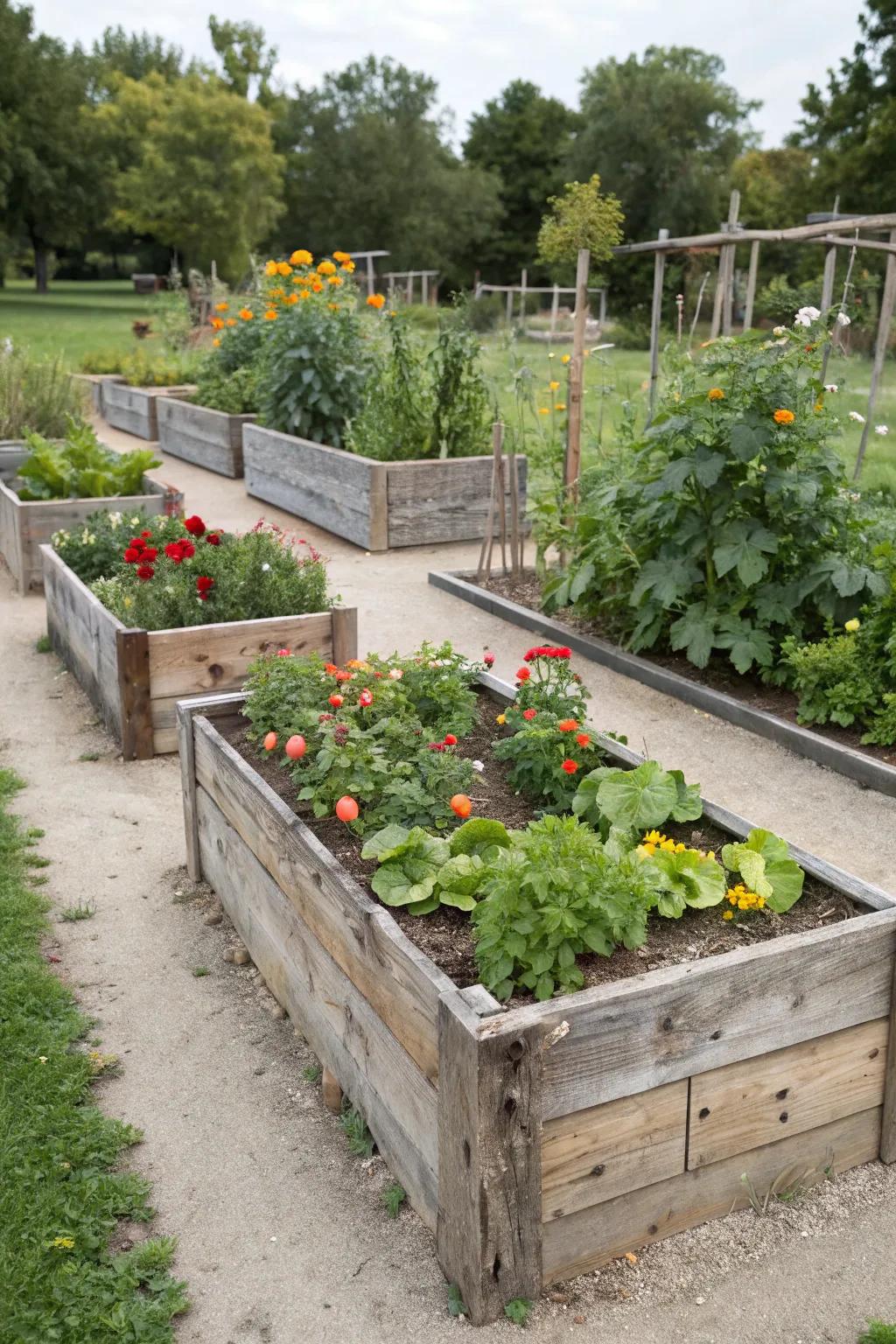
Raised beds are perfect for improving drainage and making gardening easier on your back. I’ve built mine using reclaimed wood, and they bring a neat and organized look to my garden.
A few things you might like:
- Reclaimed Wood Raised Bed Kit: Build your own raised bed easily with this reclaimed wood kit, perfect for neat garden setups.
- Heavy-Duty Raised Bed Corner Brackets: Enhance your raised bed stability with these durable corner brackets for lasting support.
- Organic Raised Bed Soil Mix: Enrich your plants with this organic soil mix, ideal for thriving raised bed gardens.
15. Incorporate Vertical Gardening

For those short on space, vertical gardening is a lifesaver. I’ve hung planters on my garden wall, making room for more plants without needing extra ground space.
Useful items to consider:
- Wall-Mounted Planter Sets: Maximize your space by adding vertically stacked planters to your garden wall effortlessly.
- Adjustable Hanging Planters: Enhance your garden’s versatility with adjustable hanging planters for a customizable plant display.
- Vertical Garden Planter Stand: Create a lush vertical garden with a sturdy planter stand perfect for patios and balconies.
16. Create a Living Fence
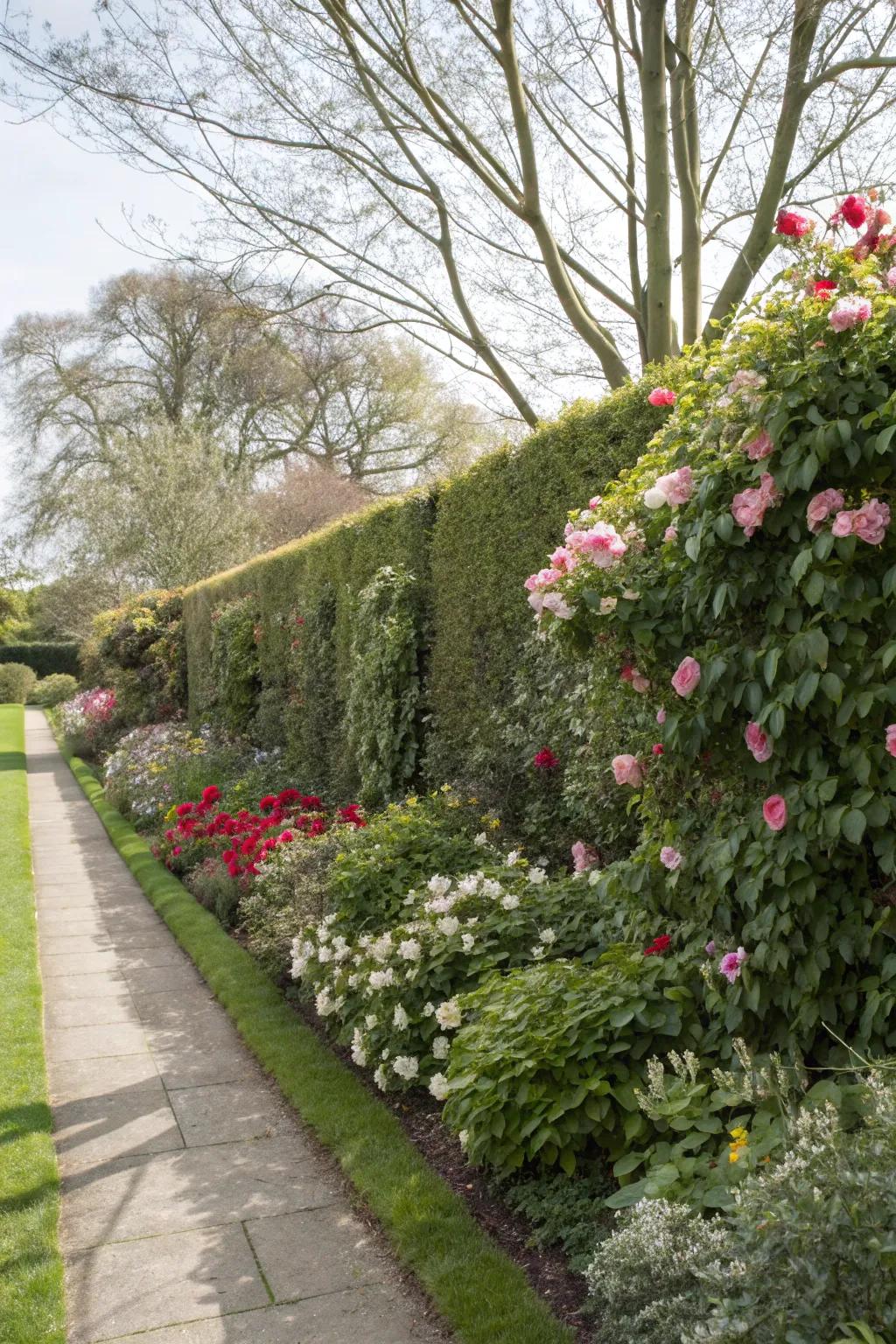
A living fence made of hedges or shrubs can provide privacy and habitat for beneficial insects. I’ve planted a mix of flowering bushes, which adds a lovely touch to my garden border.
Possibly helpful picks:
- Flowering Shrub Seeds Mix: Enhance your garden’s beauty by planting a diverse mix of flowering shrub seeds today.
- Organic Fertilizer for Hedges: Boost your shrub’s growth with this organic fertilizer, perfect for a lush living fence.
- Garden Pruning Shears: Maintain your living fence neatly with these durable and easy-to-use pruning shears.
17. Add Edible Ground Covers
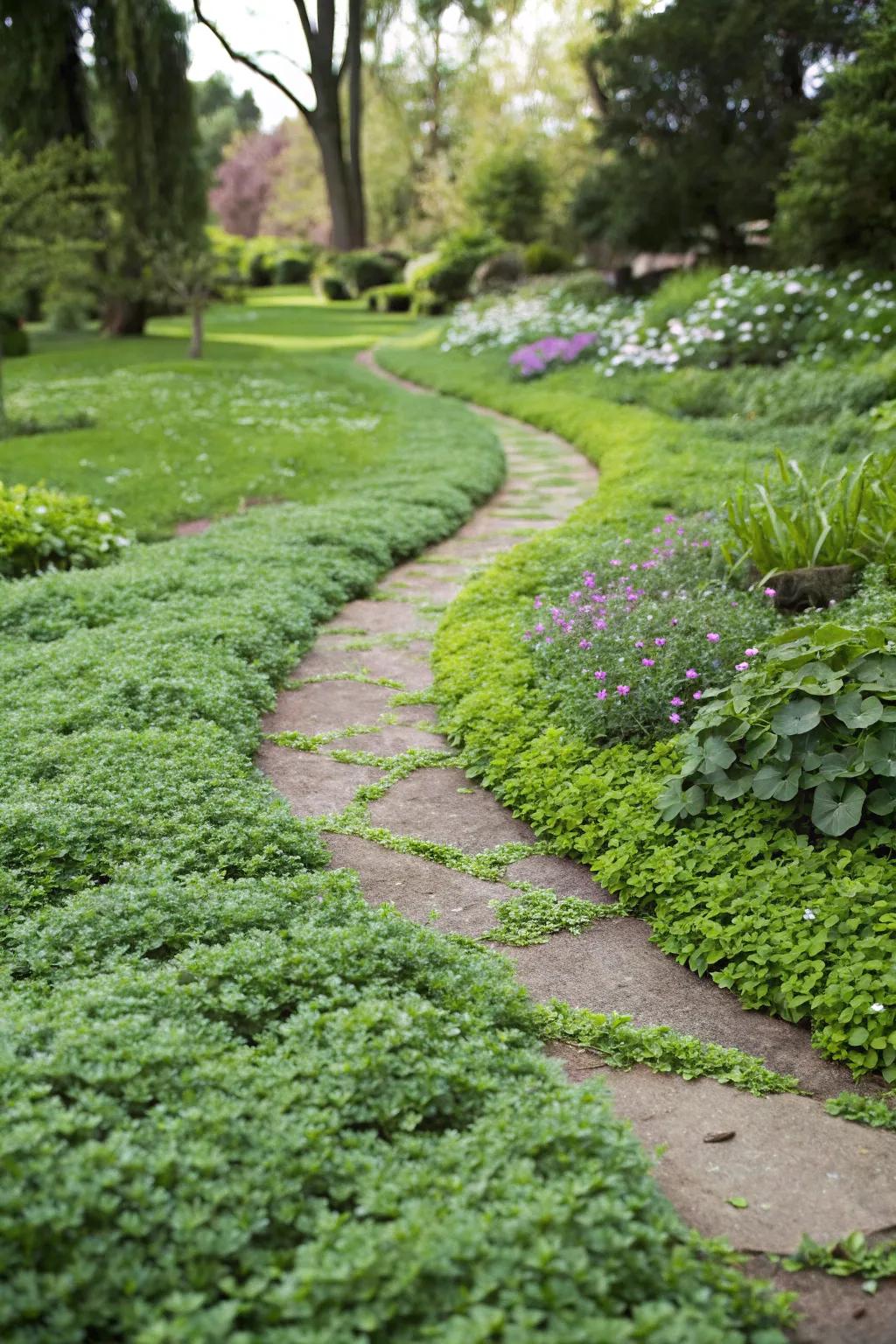
Edible ground covers like clover or creeping thyme can suppress weeds and provide a harvest. I’ve found them to be a pretty and practical addition to my pathways.
A few helpful options:
- Clover Seeds for Ground Cover: Plant clover seeds to suppress weeds and enhance soil health in your garden paths.
- Creeping Thyme Seeds: Sow creeping thyme for a fragrant and edible layer in your garden pathways.
- Organic Garden Soil Mix: Use organic soil mix to promote healthy growth of your edible ground covers.
